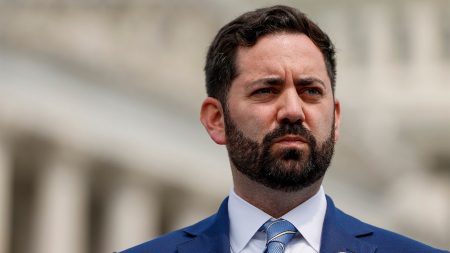We’re at the halfway point of 2023, and it’s been a year of financial anxiety. The U.S. continues to experience high inflation and rising interest rates and there have been multiple bank collapses, all while layoffs and overall economic uncertainty continue. In fact, the CNBC All-America Economic Survey found that 69 percent of the U.S. public holds negative views about the current and future economy—the highest percentage in the survey’s 17-year history.
The recent Federal Reserve survey of Americans’ financial wellbeing found 35 percent of Americans said they were worse off than a year earlier, up from 20 percent in 2021. This erosion in financial health is cutting broadly across race, ethnicity, income, and educational demographics.
It looks like that financial stress is particularly high among public service workers, which shouldn’t be surprising given that government wage growth lags behind the private sector. In fact, a new report from MissionSquare Research Institute found that a whopping 88 percent of public service employees expressed concern about their personal finances and financial decisions. Among those who are concerned, 77 percent report worrying about this while at work, an increase from 66 percent in 2019.
Certainly, any worker worried about their personal finances while on the job is a cause for concern among employers. Workplace productivity requires focus and attention. But financial security worries are especially troubling among workers who deliver public safety and life-saving services in communities across the country. Such distractions can put both workers and the public in jeopardy.
The good news from the study is that 40 percent of public service workers report that their employer offers a financial literacy or financial education program, up from 29 percent in 2019. And many workers report that their employer’s financial literacy program has led them to make changes to their financial behaviors (68 percent), has bolstered their overall financial health (62 percent), makes them less worried about their finances and more productive at work (60 percent), or has improved their general morale at work (52 percent).
In broad terms, the institute’s research is a clear sign that more work is needed to ensure workers have good benefits and access to financial education resources. Financial and retirement planning is complicated for employees, and financial education and benefits play an increasingly important role in their economic security. Unfortunately, however, the financial equation is only getting more complicated for public sector workers, especially when it comes to retirement. A new analysis found that state and local employees with a pension plan will need to sock away about four to six percent more of their salary in addition to their pension contributions to ensure adequate retirement income.
Benefit reductions following the Great Recession, along with living longer and rising healthcare costs illustrate why additional retirement savings will be needed. But many public service workers likely are not focused on the fact that they’ll need to direct even more money for their retirement, which makes financial education programs all the more important. In the end, it benefits all our communities when our public servants have access to effective financial education programs, competitive wages, and strong retirement benefits.
Read the full article here













